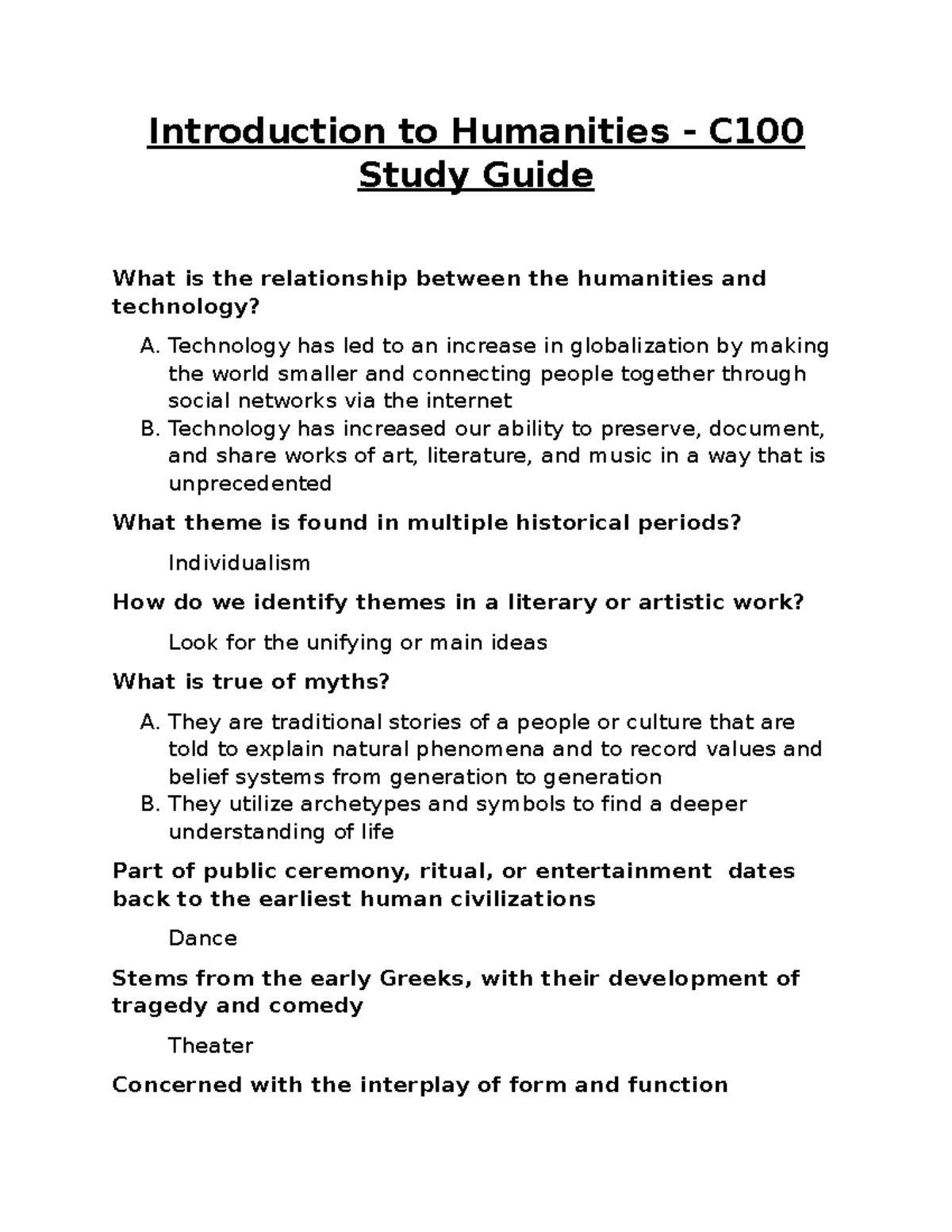Patricia Lockwood is a voice that resonates in contemporary literature, challenging readers to confront the uncomfortable reality that the internet is, indeed, part of our real lives. Her exploration of this theme culminates in her acclaimed novel “No One Is Talking About This,” which delves into the life of a social media influencer navigating the complexities of online existence and personal crises. Lockwood’s unique perspective on dialogue in writing and character development stems from her own ‘cloistered’ upbringing, transforming her observations into rich, vivid narratives. As she recently discussed at a Harvard event, her experiences have equipped her with a sharp eye and a keen literary voice, essential for anyone engaged in creative writing. Through her deep dive into literature and criticism, Lockwood reveals the nuances of human experience and the authenticity found in our online personas.
In the realm of modern storytelling, Patricia Lockwood stands out as a distinguished author who boldly examines the intersection of digital interactions and real life. Her literary endeavors, particularly her novelistic approach, challenge conventional notions of narrative and character portrayal, compelling readers to reconsider how they engage with both literature and the online world. Lockwood’s insightful commentary on the nature of dialogue and character crafting reflects her belief that genuine connections can emerge from the most unexpected places. By navigating her own complicated background, she cultivates a distinctive style that resonates deeply in discussions of both creative expression and literary criticism. As she continues to influence the discourse around contemporary writing, Lockwood invites a broader understanding of how the digital landscape shapes our identities and the stories we tell.
The Internet as Reality: Insights from Patricia Lockwood
Patricia Lockwood’s assertion that ‘the internet is real life’ challenges conventional notions of reality within literature. This claim resonates deeply in today’s context where online interactions often shape our understanding of relationships and identity. Lockwood’s exploration of this theme in her work, especially in her novel ‘No One Is Talking About This,’ illustrates how social media can profoundly affect our personal lives. She argues that admitting this reality forces us to acknowledge the authenticity of our online selves, a notion that many may find daunting yet liberating. This intersection of virtual existence and reality is particularly poignant in an age dominated by digital communication.
Moreover, Lockwood’s perspective taps into the discomfort that many feel when trying to reconcile their online personas with their real-world identities. For her, the challenge lies in capturing the complexity of human interaction within the digital realm. By examining how these interactions mirror or distort real-life relationships, Lockwood invites readers to reconsider the value and depth of the characters they encounter in literature as representatives of our multifaceted experiences. This theme not only highlights the potential of creative writing to reflect contemporary life but also emphasizes the significance of dialogue in writing as a means to explore these intricate dynamics.
Crafting Characters Through Authentic Dialogue
Lockwood emphasizes the importance of authentic dialogue in her writing, a technique that enriches her character development. By immersing herself in the speech patterns and quirky phrases of those close to her, including her family, Lockwood believes she can bring her characters to life in a way that resonates with readers. This approach not only makes her characters relatable but also serves as a reflection of her own insights and observations drawn from her cloistered upbringing. For aspiring writers, understanding how to incorporate genuine dialogue is crucial for creating authentic and memorable characters that readers can connect with.
Furthermore, the art of dialogue in writing serves as more than just a tool for characterization; it also acts as a narrative device that propels the story forward. Lockwood’s ability to render dialogue that feels real and lived-in allows her to explore complex themes and emotions without relying heavily on exposition. This reflects a broader trend in modern literature where brevity and minimalism often overshadow detailed descriptions. As writers, the challenge is to strike a balance between rich dialogue and influential narrative development, ensuring that each character’s voice contributes meaningfully to the larger tapestry of the story.
The Role of Long-Form Literature in the Era of Micro-Content
In a world increasingly dominated by micro-content and shrinking attention spans, Lockwood argues for the enduring significance of long-form literature. She contests the notion that the prevalence of quick, bite-sized information should dictate the evolution of literary forms. Instead, Lockwood believes that novels have the power to cultivate a hunger for deeper, more substantive storytelling. This perspective champions the idea that true literary engagement can provide solace and respite from the fragmented nature of modern life, encouraging readers to invest time in immersive narratives.
Lockwood’s commitment to long-form writing underscores the notion that quality content can foster understanding and empathy among readers. By resisting the push toward abbreviated forms of storytelling, she reaffirms the value of intricately woven narratives that explore complex themes. In doing so, she challenges writers to maintain their focus on crafting rich, expansive stories that resonate with audiences on a deeper level, ensuring that literature remains a vital part of our cultural dialogue even in the face of fleeting attention spans.
Literary Criticism: Patricia Lockwood’s Unique Perspective
Patricia Lockwood’s approach to literary criticism is characterized by a refreshing honesty that emphasizes personal engagement. She believes that effective criticism requires a balance of subjective opinion — expressing both admiration and critique — which has become increasingly rare in today’s literary discussions. By offering candid evaluations, Lockwood not only celebrates literature that resonates with her but also critiques works that fail to meet her expectations. This candidness enriches the literary landscape, inviting readers to reflect on their own responses to literature and encouraging a more nuanced dialogue around creative writing.
Through her incisive critiques, Lockwood invites readers and writers alike to explore the motivations behind literary works while fostering a sense of respectful discourse. This perspective aligns with her belief that comprehending a text involves stepping into the mind of its creator, transforming literary criticism into a form of intellectual exploration. By considering literature as a shared experience, Lockwood encourages a deeper appreciation for the craft of writing and the complex interplay between authors and their audiences.
Embracing the Cloistered Experience in Literary Craft
Lockwood’s description of her ‘cloistered’ upbringing reveals the significant impact of personal experience on her creative writing process. Growing up in a sheltered environment, she developed a keen observational ability that informs her storytelling. Her experiences illustrate how unique backgrounds can shape an author’s voice and narrative perspective, emphasizing the importance of individual life experiences in the creation of authentic portrayals of characters and settings. This raises the question for writers: how can their distinct experiences be harnessed to enrich their narratives and create deeper connections with their readers?
Moreover, Lockwood’s reflections on her upbringing highlight the value of observation in the writing process. By approaching the world with curiosity, writers can better capture the nuances of human interaction and the complexities of emotional landscapes. Lockwood’s eye for detail serves as a reminder that even in seemingly sheltered lives, profound insights about humanity and society can emerge. This invites aspiring writers to appreciate their own experiences, no matter how ordinary they may seem, as valuable sources of inspiration for their literary journeys.
The Evolution of Writing in a Digital World
Lockwood’s insights on the interplay between the digital age and literature reflect a critical awareness of how technology shapes narrative forms. As the landscape of communication evolves, writers face the challenge of adapting their storytelling techniques while remaining true to the essence of their craft. Lockwood’s unique narrative voice demonstrates that engaging with contemporary issues, such as social media dynamics, can enrich one’s writing rather than detract from it. This engagement with the digital world compels writers to address new themes and adapt their styles to resonate with a tech-savvy audience.
However, Lockwood warns against allowing digital trends to dictate creative expression. Instead, she advocates for writers to maintain authenticity in their narratives, suggesting that true stories have the power to engage readers amidst an overload of digital noise. This balance between innovation and authenticity remains at the heart of creative writing, inspiring authors to find their unique voice while navigating the complexities of the modern world. As writers explore the evolution of their craft, Lockwood’s perspective serves as a beacon for those seeking to navigate the uncertain waters of contemporary literature.
Writing in Bed: Patricia Lockwood’s Creative Space
Lockwood’s preference for writing in bed offers a glimpse into her creative process and the importance of personal comfort in fostering creativity. By establishing a space that feels intimate and inviting, she allows her thoughts to flow freely, contributing to the authenticity of her narrative voice. This perspective encourages writers to assess their own writing environments and consider how physical spaces can influence their creativity and productivity. Whether it’s in bed, at a café, or in a quiet study, finding the right environment is crucial for cultivating inspiration.
Additionally, Lockwood’s candid acknowledgment of the challenges posed by chronic migraines speaks to the resilience required in the writing process. Adapting her setup to accommodate her health needs is a testament to her commitment to her craft, illustrating that writers must often find ways to balance personal challenges with their creative aspirations. This resilience offers a relatable narrative for aspiring authors, demonstrating that persistence in the face of adversity can lead to meaningful contributions to literature.
Exploring the Depths of Human Experience Through Literature
Lockwood posits that literature serves as a vital conduit for exploring the depths of human experience, transcending the limitations of time and space. Her approach underscores the notion that novels can provide keen insights into the complexities of life, allowing readers to engage with emotions and situations that mirror their own experiences. This exploration of human experience encourages writers to delve into the inherent truths of their narratives, fostering empathy and understanding through well-crafted stories that resonate with readers.
Furthermore, the ability to reflect on the human condition through literature offers writers a powerful tool for connection. Lockwood champions the idea that stories can bridge gaps between diverse experiences, creating a shared understanding of the human experience. As writers engage with these themes, they contribute to a broader conversation about identity, society, and emotional resilience, fostering a sense of community among readers. By inviting readers into the nuances of storytelling, authors can create narratives that linger long after the final page.
Patricia Lockwood’s Impact on Contemporary Literature
Patricia Lockwood’s unique voice and perspective have made her a compelling figure in contemporary literature, challenging traditional narrative forms and inviting readers to reevaluate their understanding of the literary landscape. Her innovative approach merges poetry and prose, allowing her to explore complex themes of identity, social media, and the human experience. Through works like ‘No One Is Talking About This,’ Lockwood illustrates the necessity of integrating contemporary issues into the fabric of literature, making it relevant to modern audiences.
In addition to her literary contributions, Lockwood’s outspoken personality and presence on social media have redefined authorial engagement in the digital age. By embracing her individuality and sharing her thoughts on both literature and life, she connects with a broader audience, inspiring aspiring writers to find their voices amidst the noise of conformity. As she continues to push boundaries and provoke thought, Lockwood’s influence on the future of literature serves as a reminder of the transformative power of authentic storytelling.
Frequently Asked Questions
What themes does Patricia Lockwood explore in ‘No One Is Talking About This’?
Patricia Lockwood’s novel ‘No One Is Talking About This’ delves into themes like the intersection of online and real life, family emergencies, and the impact of social media on personal identity. Through the character of a social media star, Lockwood navigates the complexities of digital existence, highlighting how the internet shapes our authentic selves and our understanding of reality.
How does Patricia Lockwood approach dialogue in her writing?
In her writing, Patricia Lockwood emphasizes the importance of capturing authentic dialogue. She believes that replicating the distinctive speech patterns and phrases of her characters, particularly from her own experiences, is crucial for developing vivid personalities. This approach allows her to convey their interactions without needing to delve deep into their internal thoughts.
What insights does Patricia Lockwood provide about creative writing?
Patricia Lockwood offers valuable insights into creative writing, emphasizing the significance of reading extensively and observing the world keenly. Her personal experiences, including a unique upbringing, shape her perspective on crafting characters and narrative. She advocates for the value of individual interpretation in literature, encouraging writers to embrace their creative freedom.
Can the novel survive in the age of micro-content according to Patricia Lockwood?
Patricia Lockwood asserts that the novel can indeed survive amidst the prevalence of micro-content. She argues that long-form fiction can still find an audience, as it offers solace and escape from the fragmented nature of modern media. Lockwood believes that novels can create appetites for deeper engagement, encouraging readers to appreciate the richness of storytelling.
What role does literary criticism play in Patricia Lockwood’s writing process?
Literary criticism plays a significant role in Patricia Lockwood’s writing process, as she sees it as a form of ‘celestial homework.’ By engaging with the works of other writers, she enters into their minds and experiences their unique talents. This process not only enriches her understanding of literature but also enhances her own creative capabilities.
How did Patricia Lockwood’s upbringing influence her literary voice?
Patricia Lockwood’s ‘cloistered’ upbringing in a rectory significantly influenced her literary voice. This sheltered environment encouraged her to keenly observe her surroundings, fostering a unique perspective that she translates into her writing. Her experiences allow her to portray characters with depth and authenticity, drawing upon her own understanding of human interaction.
What is Patricia Lockwood’s writing process like?
Patricia Lockwood’s writing process is characterized by her preference for comfort and creativity. She often writes propped up in bed with a notebook, though chronic migraines have led her to adopt more ergonomic writing positions. Despite these challenges, her environment remains integral to her artistic expression, reflecting her distinctive literary style.
| Key Point | Details |
|---|---|
| The Internet as Real Life | Lockwood believes many people struggle to accept that their online personas are genuine and reflective of their true selves. |
| Dismissal of Internet Novels | Lockwood argues that novels about the internet, like her book “No One Is Talking About This,” are often seen as trivial or unimportant. |
| Character Development through Dialogue | She emphasizes the importance of dialogue in bringing her characters to life, often drawing from real interactions. |
| The Impact of Her Upbringing | Her sheltered childhood gave her a unique perspective, making her observations of the world keenly detailed. |
| Literary Freedom | Lockwood’s independent exploration of literature without formal schooling allowed her a unique interpretive freedom. |
| Challenges of Writing | Chronic migraines have led her to adapt her writing posture, highlighting the physical challenges she faces. |
| Long-Form vs. Micro-Content | Lockwood contends that literary forms should not change for trends; instead, they should resonate with readers seeking depth. |
Summary
Patricia Lockwood strongly advocates for recognizing the internet as an integral part of real life, particularly in the context of literature. By exploring complex characters and nuanced dialogues, she challenges the perception that online narratives have no place in serious literary discourse. As she continues to break down barriers between the virtual and the tangible, Lockwood’s voice remains a vital contribution to the modern literary landscape.



